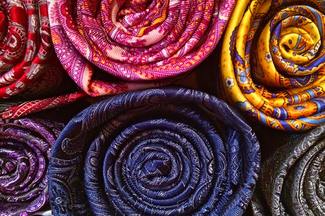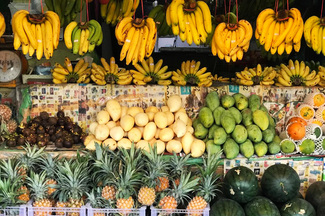THAILAND’S ICONIC LONG-TAIL BOAT
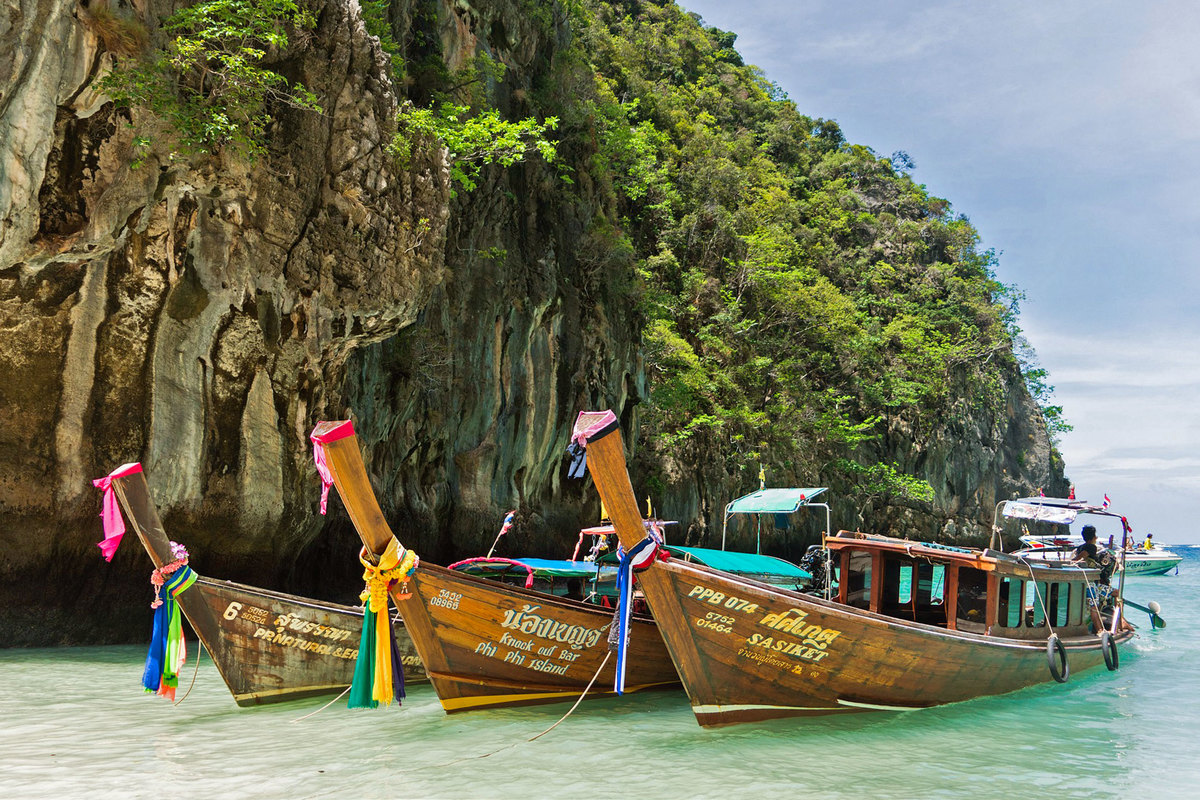
One of the most distinctive and ubiquitous sights in southern Thailand is the long-tail boat, เรือหางยาว, ruea hang yao, the multi-tasking workhorse of seaborne transport. Although the designs may differ the basic construction and means of propulsion are what defines this iconic craft.
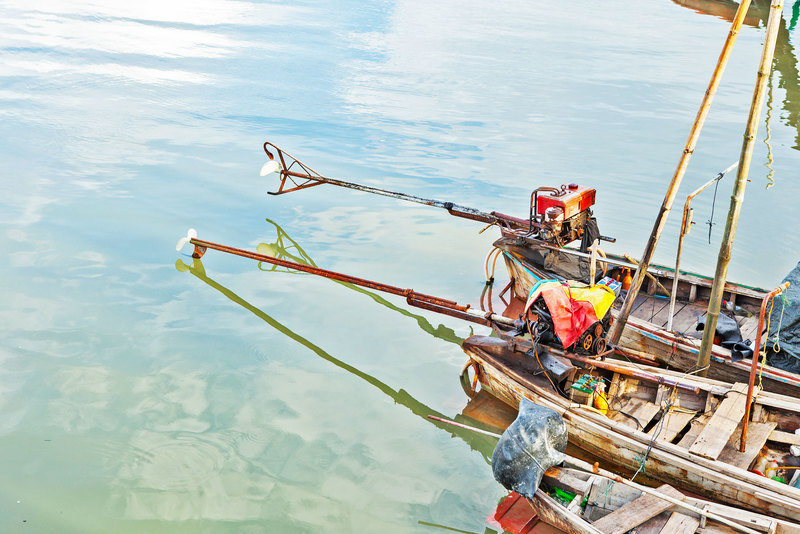
Thereby hangs a tail, as Shakespeare might have said.
In most cases the engine has been taken from a tractor, truck or car and connects to a long shaft, the tail, with a propeller attached, which can power this elegant craft through the water at some 15 knots at top speed. Their narrow beam and limited draft allow them to navigate the shallow coastal waters, bays and rivers of the southern provinces with ease.
 The rugged powerhouse
The rugged powerhouse
On every beach you will see these sleek, elegant boats moored along the shallow seashore in rows, having disgorged their passengers onto the gloriously white sandy beaches, bobbing idly in the gentle swell in readiness for their return journey.
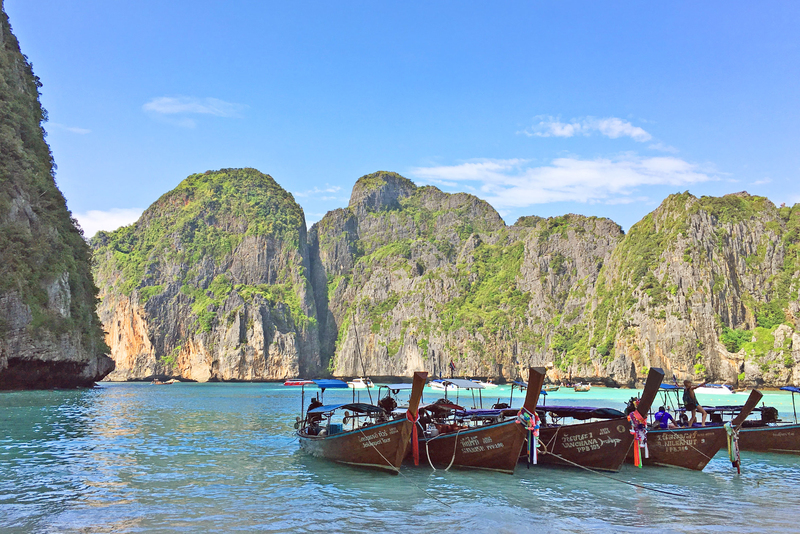 The in-between time.
The in-between time.
They are the perfect boat for island hopping or exploring the caves and hidden coves and spectacular coastal scenery that attracts hordes of tourists every year, and for many their adventure in the glorious tropical south begins with a trip on one of these traditional craft, the origins of which stretch back into antiquity.
On any given day the port of Krabi teems with long-tail boats, transporting people and goods to any of the 130 or more islands along the coast or ports along the way, as they once did under sail power, when the trade with India, the Middle East and China flourished. These tough, sturdy and reliable craft were, as they are today, the backbone of regional transport, the lifeblood of the local trade and transport network.
 Built to last in style.
Built to last in style.
Following age-old traditions passed from one generation to another, boats are still largely constructed by hand and almost entirely of wood and take about two months to build from scratch. Most boats displace about two or more tonnes and are extremely durable and strong, making them especially seaworthy even in relatively rough seas.
As with most aspects of traditional Thai culture the spiritual element that embodies supernatural forces is reflected in the adornments that the long-tails sport on the prows, usually multi-coloured bolts of cloth, ribbons, sashes or garlands of flowers. The choice of colours is the boat owner’s and this is all done to propitiate Mae Ya Nang, the guardian goddess of boats, who is said to inhabit the body of the boat, and whose blessing ensures the safety and security of all passengers and crew.
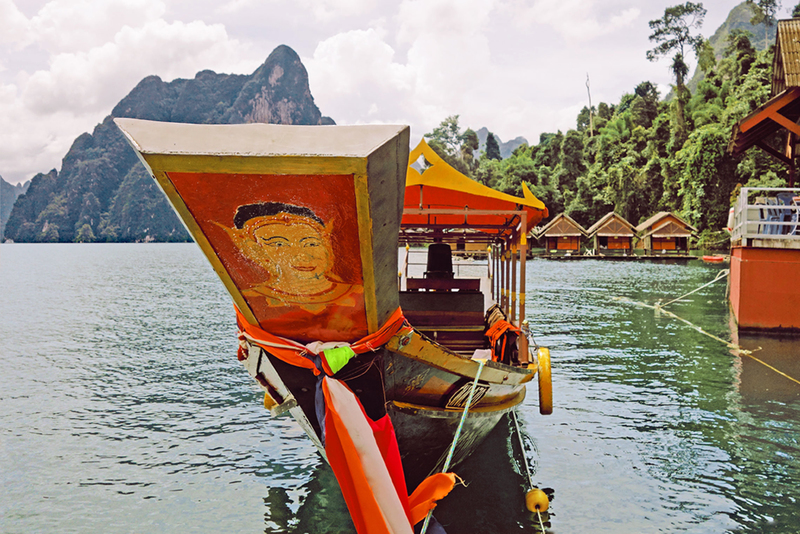
During the entire boat building process, the boat builders will invoke Mae Ya Nang’s protection and show their gratitude for the resources they use in its construction. A temporary shrine to Mae Ya Nang will be built before construction begins, and when cutting down the trees used to build the boat her blessing will be sought.
Just before the prow of the boat is attached Mae Ya Nang will be invited on board, and it is this part of the boat that she is said to inhabit. It is worth remembering while you are a passenger on a long-tail the importance that Thais attach to the prow and not to do anything that might be deemed disrespectful. Thai boatmen do not of course expect foreigners to understand the lore of the sea as they practise it but they are very appreciative of those who pay due respect to their traditions and beliefs.
Curiously enough, although the propitiation of Mae Ya Nang began with boats and ships, the practise of worshiping her and making offerings has now by extension passed to other means of transport, such as cars and aeroplanes.
Sadly, the long-term future of the long-tail is uncertain. Since the nationwide ban on logging a shortage of the hardwoods used in construction has forced boat builders to turn to more expensive imported timber which has resulted in a dramatic reduction in the number of new boats being built, and the price of construction has doubled. The hardwoods used are amazingly durable and long-lasting and the life of a long-tail can stretch to thirty years.
For many Thais. However, and most encouragingly among young Thais, keeping the tradition of building long-tail boats alive is viewed as imperative and an invaluable part of Thai culture and heritage that needs to be preserved and this has begun to attract government interest and support. Trips for tourists to visit the boat building yards might soon become part of the tourist’s itinerary and provide much need financial support to what is after all as quintessentially Thai as the tuk-tuk, the wat and sanuk.

Quintessentially Thai, Long-tail boat, limestone karst and turquoise waters.
When you next find yourself tearing through the turquoise waters, the sea spray flying from prow to stern, with the steady throb of the engine pounding in your ears, grab hold of the gunwale and feel the living spirit of this magnificent craft as she transports you safe and sound from one tropical idyll to the next and whisper a silent prayer of thanks to Mae Ya Nang at journey’s end, just to be on the safe side.
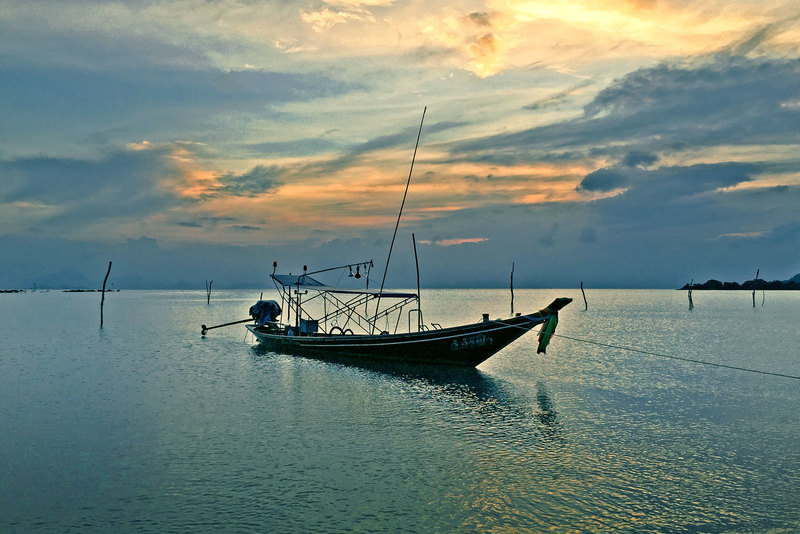 Long-tails at rest at day’s end.
Long-tails at rest at day’s end.










of collaborative energy




Before proceeding to use the website please carefully ready our Terms and Policies
I accept Diwerent's Terms and Conditions and Privacy Policy










